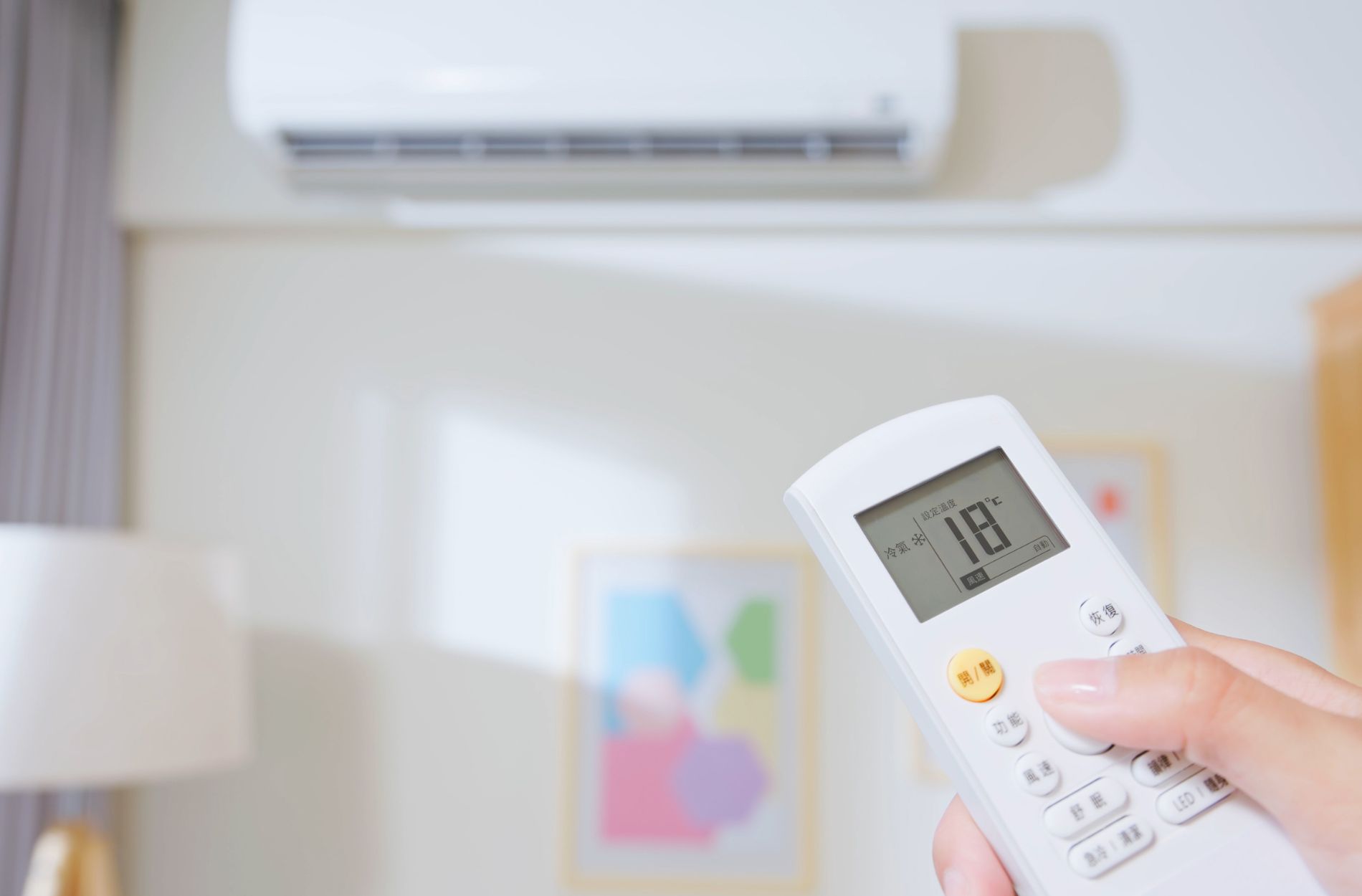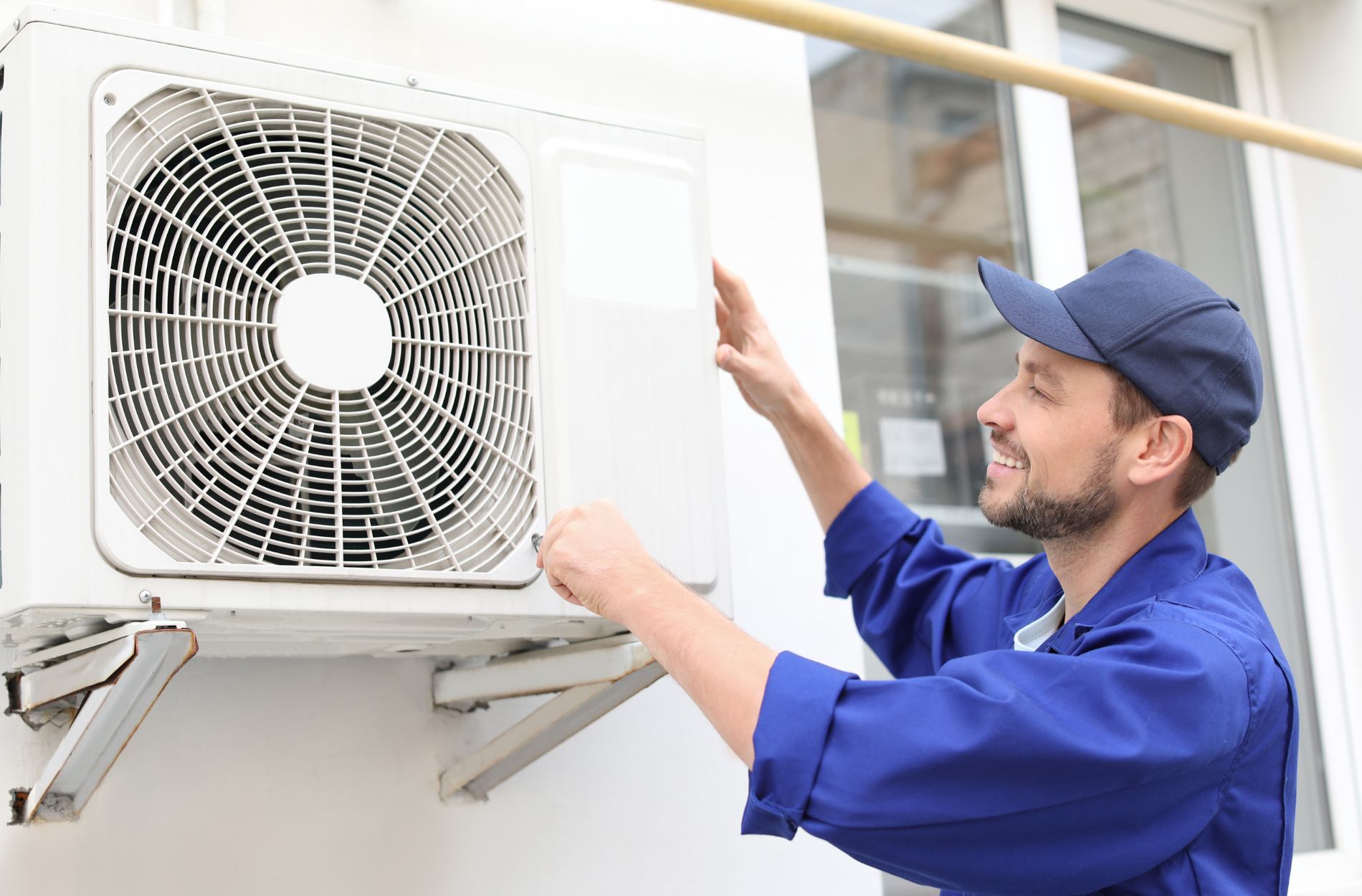Wall air conditioners are a great option for cooling individual rooms that may not be covered by your home’s central air conditioning system, say a guest bedroom or an additional room that was added on later. However, they tend to be slightly on the more expensive side. Why are wall air conditioners more expensive? We provide the answer in the below short read!
What Are Wall Air Conditioners?
A wall air conditioner, also known as a through-the-wall air conditioner or wall mounted air conditioner or ductless cooling unit, is an air conditioning unit that is permanently attached to a wall. It spans the entire thickness of the wall, extending from its interior to its exterior surface. Wall air conditioners are highly efficient as they create an airtight seal in the room.
Wall-mounted AC units work by extracting air, heat, and humidity from the room and replacing it with a supply of cold air. The heat and humidity are carried through refrigerant lines to the condenser situated outside. The condenser then disperses the heat and moisture to produce cool air, then supplied back into the room.
Why Are Wall Air Conditioners More Expensive?
Wall air conditioners can be quite expensive in general, but it will also depend on the pre-existing conditions of your home, the parts you may require as well as your individual needs. Here are the things that you need to take into account to know how much it will cost to install a wall-mounted ac unit in your home:
Cost of the individual parts such as:
- Condenser or outdoor unit (anywhere between $1000 and $6000 per unit)
- Wall mount (between $500 and $1000)
- Ceiling mount (between $500 and $2000)
- Indoor unit (around $3000)
- Refrigerant lines (about $5 per foot)
- Installation labor cost (around $30 or more per hour)
- Upgrade labor cost (around $40 or more per hour)
- Cost of energy, i.e., your utility bills.
As you can see, it can potentially add up to quite a bit of money depending on the individual parts and the number of rooms in which you need a wall-mounted air conditioner installed. However, it may still be cheaper than installing a central air conditioning unit. It is worth noting that the energy efficiency of wall air conditioners is generally between 20% and 60% higher than central air conditioning. You can also save a ton of money in ductwork installation costs, which can be anywhere from $6.50 to $20 per linear foot.
Hence, even though they appear to be more expensive on the face of it, wall air conditioning might be the economically wiser choice than central air conditioning in the long run. To determine which is best, we recommend consulting an HVAC expert.
Here at Dr. Ductless Heating and Cooling, our highly skilled HVAC technicians will provide you with a detailed breakdown of unit costs, installation costs, labor costs as well as other additional factors to help you choose the best option for your home. We also provide high-quality installation services for wall-mounted AC units at the best price on the market. Call us or text us at (213) 916-0005 to book an appointment.









